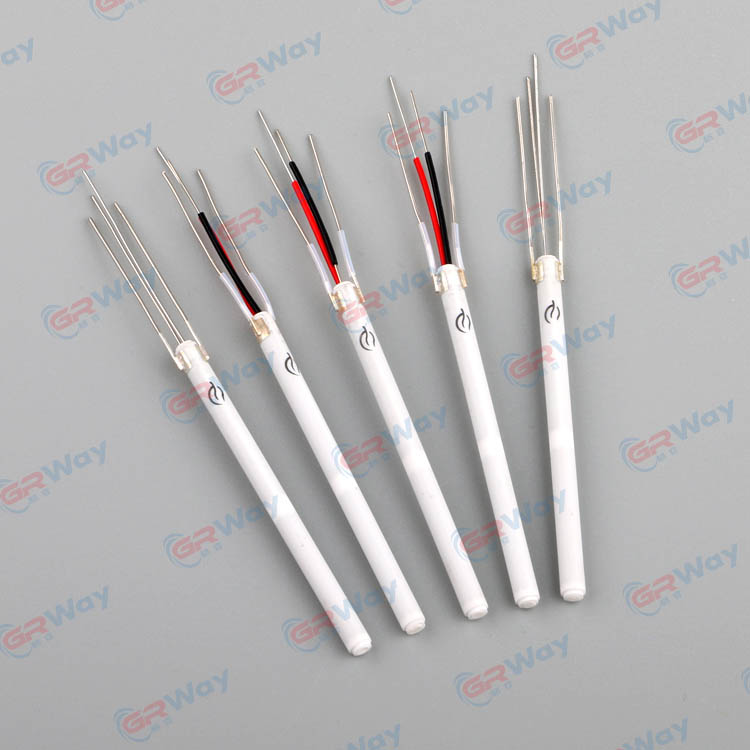Precision and Efficiency: High Power Ceramic Heating Elements for Plastic Welding
2024-06-25
In the realm of plastic welding, the demand for precision, efficiency, and reliability is paramount. High power ceramic heating elements for plastic welding have emerged as a vital technology, offering unparalleled performance in various industrial applications. This blog explores the features, benefits, and applications of these advanced heating elements, highlighting their crucial role in modern plastic welding processes.
Understanding High Power Ceramic Heating Elements for Plastic Welding
What Are Ceramic Heating Elements?
Ceramic heating elements are electrical components made from high-quality ceramic materials that can withstand extreme temperatures. These elements convert electrical energy into heat with high efficiency, making them ideal for applications that require consistent and controlled heating, such as plastic welding.
How Do They Work in Plastic Welding?
In plastic welding, ceramic heating elements are used to generate the necessary heat to melt plastic materials. The high power capability of these elements ensures rapid heating, allowing for efficient and precise welding. The ceramic material's thermal stability ensures consistent performance, even at high temperatures, making it a reliable choice for industrial applications.
Key Features of High Power Ceramic Heating Elements
1. High Thermal Efficiency
High power ceramic heating elements are designed for exceptional thermal efficiency. They quickly reach the desired temperature and maintain it with minimal energy loss. This efficiency reduces power consumption and operational costs, making them an economical choice for plastic welding operations.
2. Rapid Heating and Cooling
These heating elements offer rapid heating and cooling capabilities, essential for high-speed plastic welding processes. Quick temperature changes enhance productivity by reducing the time required for each welding cycle, allowing for faster production rates and improved workflow efficiency.
3. Temperature Precision and Control
One of the standout features of ceramic heating elements is their precise temperature control. This precision is crucial in plastic welding, where even slight temperature variations can impact the quality of the weld. Ceramic elements maintain stable temperatures, ensuring consistent and high-quality welds.
4.Durability and Longevity
Constructed from robust ceramic materials, these heating elements are highly durable and resistant to wear and tear. They can withstand prolonged exposure to high temperatures without degrading, offering a long operational lifespan. This durability reduces maintenance needs and downtime, contributing to higher overall productivity.
5. Resistance to Oxidation and Corrosion
Ceramic heating elements are inherently resistant to oxidation and corrosion, which enhances their longevity and reliability. This resistance ensures that the elements maintain their performance over time, even in demanding industrial environments.
Benefits of Using High Power Ceramic Heating Elements for Plastic Welding
1. Enhanced Welding Quality
The precise temperature control and high thermal efficiency of ceramic heating elements lead to superior welding quality. Consistent heat distribution ensures uniform melting of plastic materials, resulting in strong and reliable welds. This quality is crucial in industries where weld integrity is critical, such as automotive and aerospace.
2. Increased Efficiency and Productivity
Rapid heating and cooling capabilities allow for quicker welding cycles, significantly enhancing production efficiency. By reducing the time required for each weld, manufacturers can increase their output without compromising on quality. This efficiency is particularly beneficial in high-volume production settings.
3. Energy Savings
The high thermal efficiency of ceramic heating elements translates to lower energy consumption. By minimizing energy waste, these elements reduce operational costs and contribute to more sustainable manufacturing practices. Energy savings are especially important in industries looking to improve their environmental footprint.
4. Reduced Maintenance and Downtime
The durability and resistance to oxidation and corrosion of ceramic heating elements mean less frequent maintenance and replacements. This reliability reduces operational interruptions, ensuring continuous production and minimizing downtime, which is critical for maintaining productivity and meeting production targets.
Applications of High Power Ceramic Heating Elements for Plastic Welding
1. Automotive Industry
In the automotive sector, plastic welding is used for manufacturing components such as bumpers, dashboards, and fuel tanks. High power ceramic heating elements ensure precise and reliable welds, meeting the stringent quality standards required in this industry.
2. Electronics Manufacturing
Plastic welding is essential in electronics manufacturing for assembling components and enclosures. The precision and efficiency of ceramic heating elements support the production of high-quality electronic devices with reliable performance.
3. Medical Device Production
Medical devices often incorporate plastic parts that require secure and precise welding. The consistent performance of ceramic heating elements ensures the integrity of medical devices, which is vital for patient safety and compliance with regulatory standards.
4. Packaging Industry
In the packaging industry, plastic welding is used to create secure seals and joints. High power ceramic heating elements facilitate efficient and high-quality welding processes, ensuring durable and tamper-proof packaging solutions.
Conclusion
High power ceramic heating elements for plastic welding offer a combination of precision, efficiency, and durability that is unmatched by other heating technologies. Their ability to provide rapid, consistent, and controlled heating makes them indispensable in various industrial applications. By enhancing welding quality, increasing productivity, and reducing operational costs, these advanced heating elements play a crucial role in modern manufacturing processes, driving innovation and efficiency in the industry.



